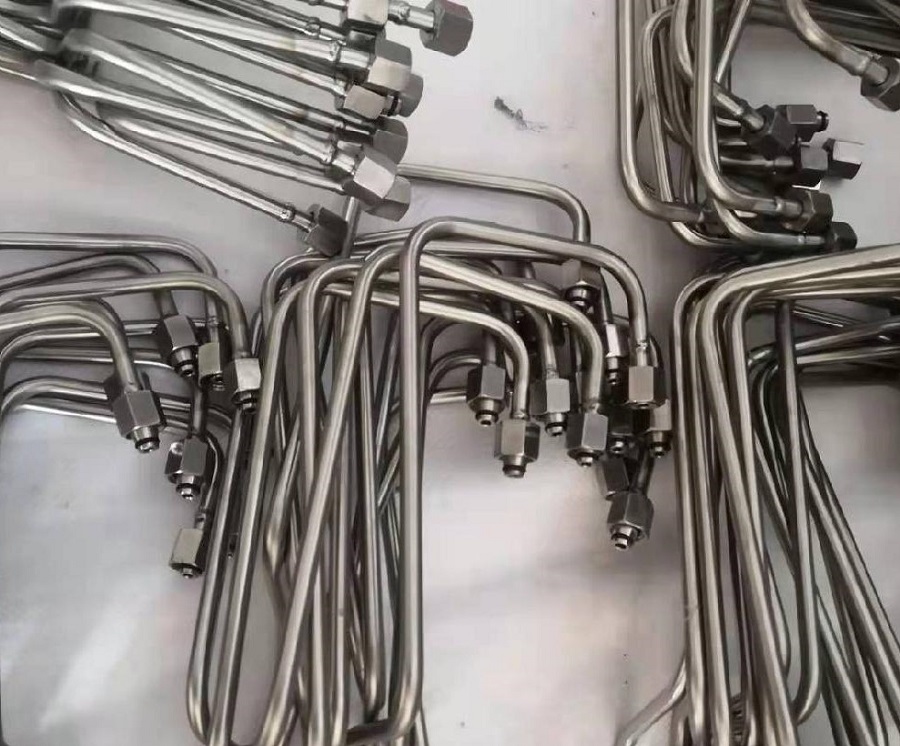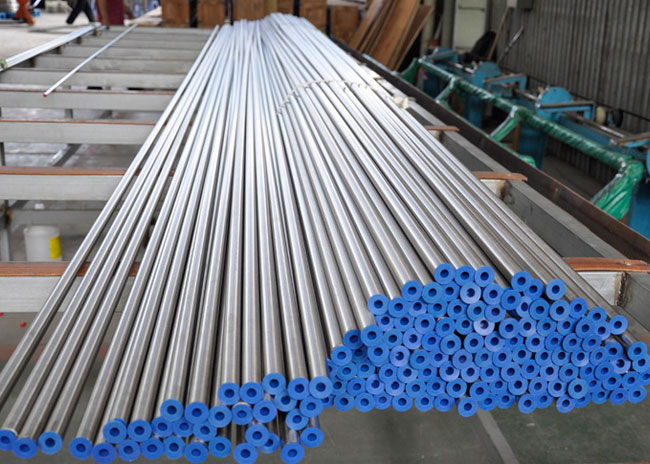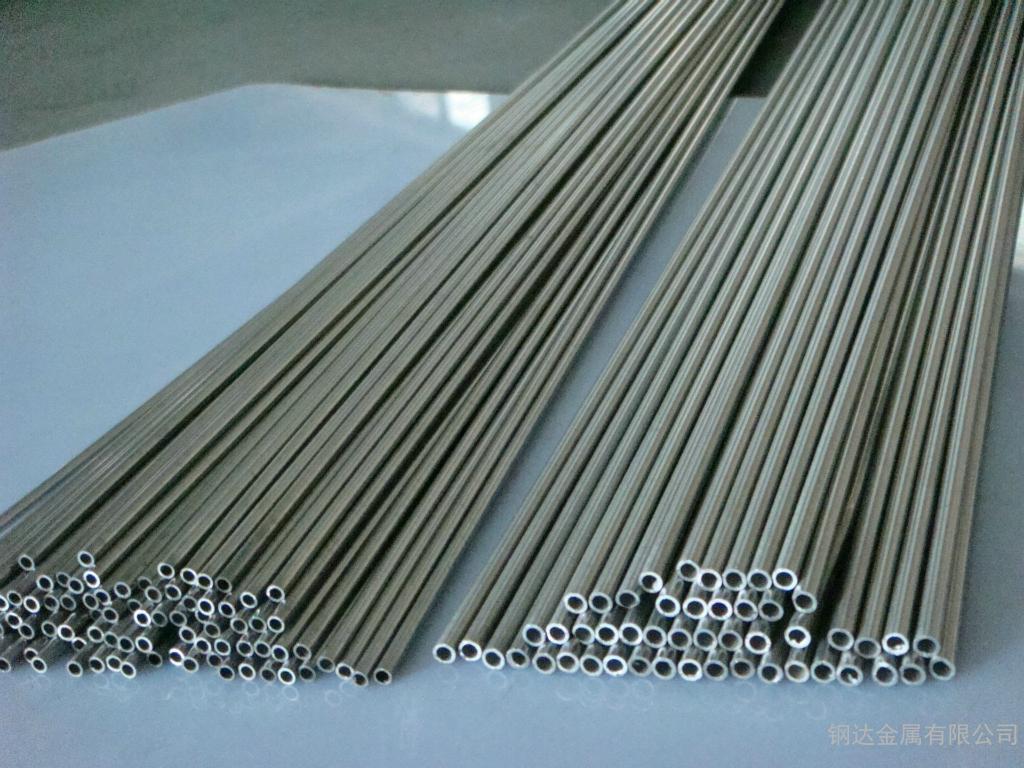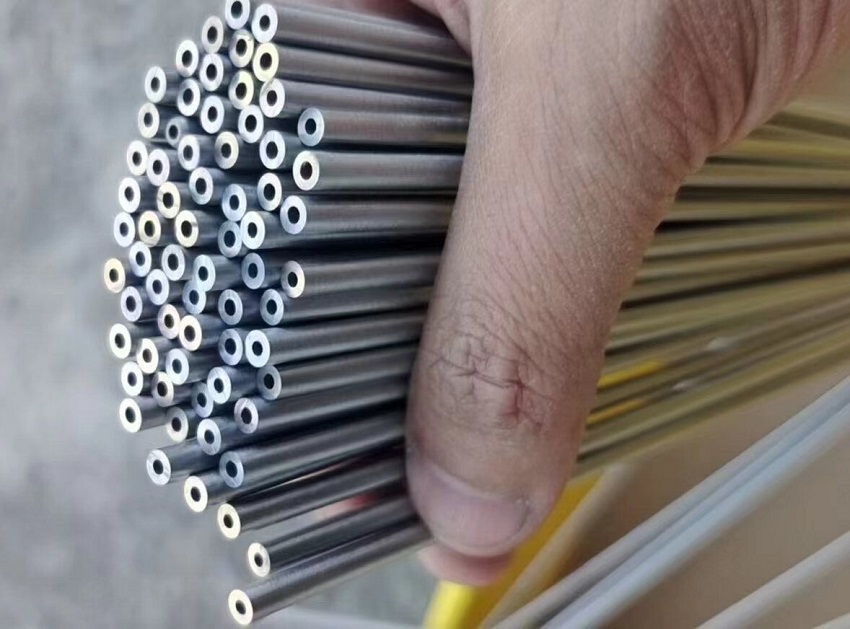NEWS CENTER
Comparison Between Steel Tube and Steel Pipe
Comparison Between Steel Tube and Steel Pipe
Certainly, a distinction exists between a steel tube and a steel pipe, extending beyond mere semantics. The fundamental disparities lie in their typical uses, measurement methods, and terminology.
Steel Tube
Primarily employed in smaller applications, such as hydraulics and fuel lines.
- Size: Measured by its actual outside diameter (OD), expressed in inches. The wall thickness of thinner tubing is determined by gauge, while thicker tubing is specified in fractions or millimeters.
- Material: Composed of mild steel, aluminum, brass, copper, chrome, or stainless steel.
- Joining/Welding: Connected through brazing, flaring, or mechanical means like couplings.
- Mechanical/Chemical Properties: Chemical composition and microelements play a crucial role. Mechanical properties, including tensile strength, yield strength, and elongation, are specified based on application requirements.
Steel Pipe
Primarily used in larger applications, such as oil and gas transmission lines, refineries, and structural projects.
- Size: Diameter indicated by "Nominal" thickness (NPS), a non-dimensional number referring to the pipes hole diameter. Pipe schedules and sizes are specified differently than tubing.
- Material: Typically made from carbon steel and/or low alloy steel.
- Joining/Welding: Involves labor-intensive methods such as welding, pressure joining, flanges, and threading.
- Mechanical/Chemical Properties: Emphasis on chemical elements like Carbon, Manganese, Silicon, Sulfur, and Phosphorus. Pressure rating, ductibility, and yield strength are critical.
Compare Steel Tube And Steel Pipe Tolerances
Due to specific application requirements, pipe tolerances are stricter compared to tubes, which have looser tolerances for diameter, wall thickness, roundness, and straightness.
Compare Steel Tube And Steel Pipe Manufacturing Considerations
Tubing, used in precision applications, involves higher manufacturing costs due to narrower tolerances. On the other hand, pipe manufacturing costs less as it requires fewer precision requirements.
Compare Steel Tube And Steel Pipe Applications
- Tubing: Suited for precision applications like medical equipment, weaponry, machinery parts, boiler tubes, and exchangers, demanding precise measurements.
- Pipe: Used for transporting large amounts of gas and fluids, with flow rate and pressure capabilities determined by OD and ID. Tolerances for pipes are typically less demanding.
Compare Steel Tube And Steel Pipe Conclusion
While Steel Tubes and Steel Pipes have distinctive differences, they share a common origin. Both originated from the need to transport essential elements such as water, waste, and fuel, serving as vital conduits for liquids, gas, and solids. Their diverse characteristics cater to varying applications and methods.

Comparison Between Steel Tube and Steel Pipe
请输入搜索关键字
确定






